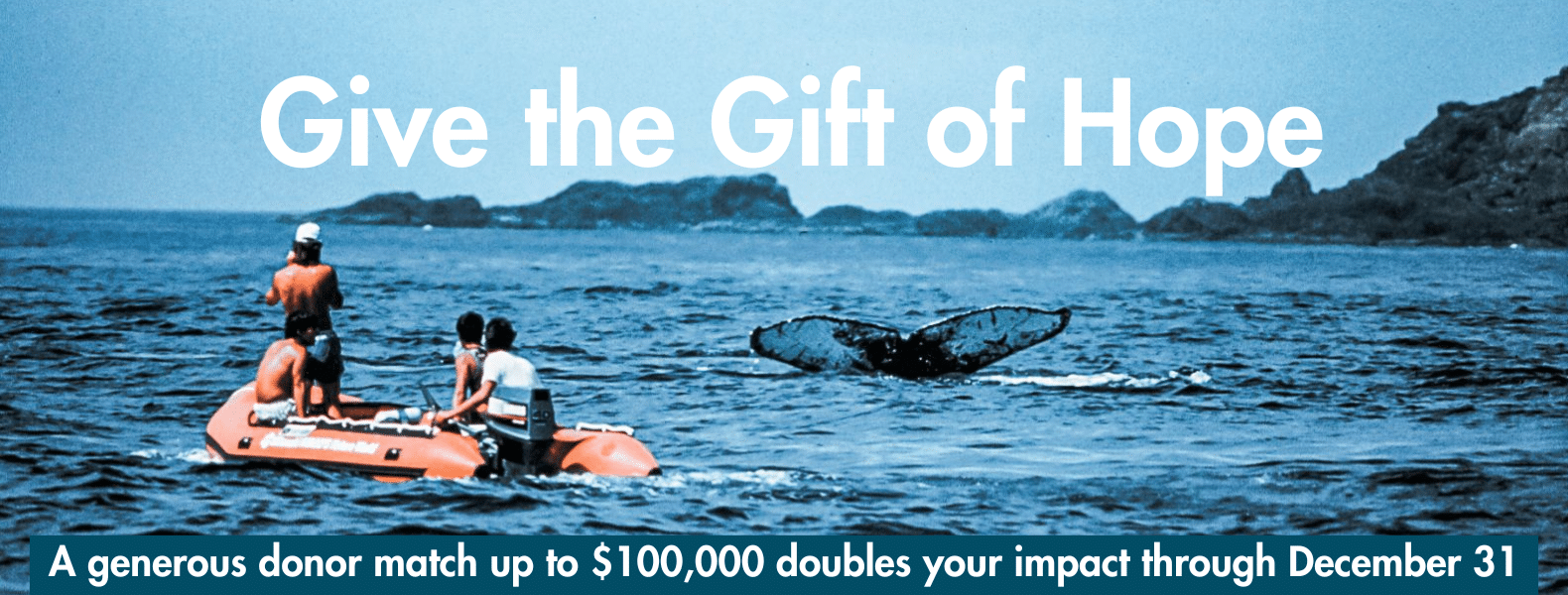Written by Education Manager Robyn Ehrlich
Have you ever wondered what it would be like to fly? Virtual reality might be the best – and safest – way to find out. Virtual reality can help us have experiences we may not otherwise be able to.
Earlier this month, I attended my third EARTH (Education and Research: Testing Hypotheses) workshop, hosted by the Monterey Bay Aquarium Research Institute. EARTH uses near-real-time data from ocean observatories to design and test outreach and lays new groundwork, providing teachers with a means for integrating real-time data with existing educational standards and tested curriculum in an interactive and engaging way. Essentially, the workshop provides opportunities for researchers and educators to come together, resulting in lesson plans that incorporate real data that can be used in the classroom.

The focus of this year’s workshop was distance education, virtual reality, and augmented reality. All presenters work with various forms of virtual reality and augmented reality. Educators were able to learn about and experience what the presenters are working with, and share their insights into what is feasible and what they would like to incorporate into their classrooms.
I got the opportunity to go on a virtual scuba dive, become microscopic to explore a small sea creature, float above the city of Santa Cruz and visualize how sea level rise will impact the coastline, experience the sensation of falling, and create my own 360 videos and tours. These virtual reality experiences have a way of enhancing the experience of a 2D video in a way that makes it more tangible and meaningful. I knew it was not possible for me to truly fall, yet as I reached the end of the plank, I was nevertheless afraid to step off, and after I did, it actually felt like I was falling! While virtually scuba diving, I truly felt like I was underwater, exploring a coral reef.

Virtual reality is a great tool to use for experiences that are otherwise: dangerous, impossible, counter-productive, or expensive. It is being used to treat phobias and PTSD and the effect on prosocial behaviors is also being studied. Preliminary findings suggest virtual reality experiences have a stronger impact on environmental literacy than 2D images or reading about a topic. The user is able to make connections to consequences and in some cases to see the otherwise invisible.
I left the workshop with so much new knowledge and so many new ideas I hope to bring into my work here at Pacific Whale Foundation. I had no idea just how quickly virtual reality technology was advancing and how accessible it is rapidly becoming! Through virtual reality experiences, it is possible for people to experience the ocean in ways that they never have before, giving them a stronger appreciation for and understanding of the marine environment and why it is important we protect it.
Robyn began her career with Pacific Whale Foundation in 2005 as a Marine Naturalist immediately after earning her B.S. in Marine Biology from the University of Maryland. After completing her Master’s in Science Education from the University of Florida in 2012, she taught high school and elementary school on Maui for nearly four years before returning to our team in 2016 in her current role as Education Manager, where she can use her teaching experience and expertise to inspire children to become stewards of their local and global environment.
As Education Manager, she oversees our Keiki Whalewatch program, which has introduced over 10,000 students to the wonders of whalewatching; Ocean Camp, giving 800 keiki each year a deeper understanding of marine life, and the Plastic Pollution Solutions program to exchange educator learning techniques, expertise and resources that further develop Maui Nui intermediate and high school students into future stewards of our planet’s oceans.

